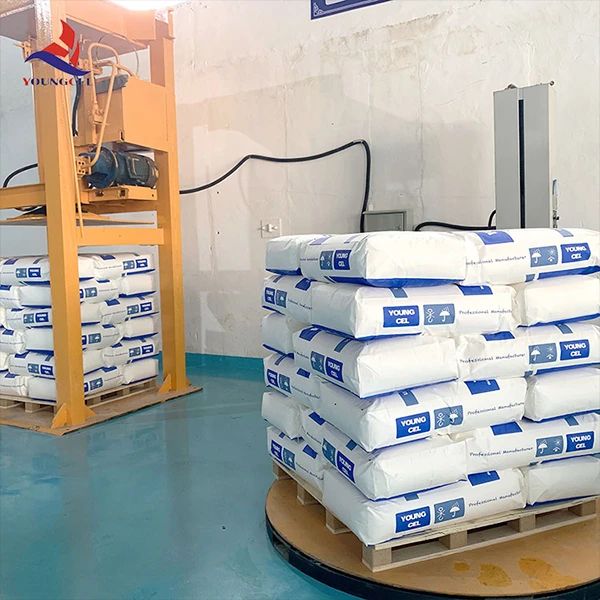The Role of HPMC in Tile Adhesive Formulations in China
In recent years, the construction industry in China has experienced unprecedented growth, leading to an escalating demand for high-quality tile adhesives. One of the critical components that has emerged as a standard additive in tile adhesive formulations is Hydroxypropyl Methylcellulose (HPMC). This versatile cellulose ether offers various advantages that enhance the performance and workability of tile adhesives, making it a vital ingredient in modern construction practices.
What is HPMC?
Hydroxypropyl Methylcellulose (HPMC) is a non-ionic, water-soluble polymer that is derived from natural cellulose. HPMC is widely recognized for its excellent binding, thickening, and water-retention properties. In tile adhesive applications, HPMC plays a pivotal role in improving the adhesive’s properties, ensuring that the tiles adhere firmly and remain durable over time.
Importance of HPMC in Tile Adhesives
1. Improved Workability Tile adhesives containing HPMC are easier to mix and apply. The unique rheological properties imparted by HPMC allow for a smoother paste, which enhances the spreadability of the adhesive over surfaces. This is particularly important in large-scale construction projects where efficiency is crucial.
2. Water Retention One of the key benefits of HPMC is its ability to retain moisture even after application. This property extends the open time of the adhesive, allowing builders to work at a more relaxed pace without compromising adhesion. The retained moisture ensures that the adhesive cures properly, leading to a stronger bond between tiles and substrates.
3. Enhanced Adhesion HPMC contributes significantly to the bonding capabilities of tile adhesives. When mixed with other components, it helps create a more robust bond that can withstand various stresses, including thermal expansion and contraction. This is particularly important for indoor and outdoor applications where environmental factors can influence the integrity of tile installations.
china hpmc for tile adhesive

4. Versatility HPMC can be used in various types of tile adhesives, including those for ceramics, porcelain, and natural stone tiles. Its adaptability makes it suitable for different formulations, whether they are premixed or dry powder, meeting the diverse needs of the marketplace.
5. Eco-Friendly Considerations As the construction industry increasingly focuses on sustainable practices, HPMC aligns well with these efforts. Derived from natural cellulose, HPMC is considered an environmentally friendly option compared to many synthetic additives, appealing to both manufacturers and consumers looking for green building materials.
Market Trends and Future Outlook
The Chinese construction market has seen a notable increase in the adoption of HPMC in tile adhesives, driven by rising urbanization and infrastructure development. With the government's emphasis on sustainable construction practices, the demand for high-performance, eco-friendly materials is poised to grow. Manufacturers are experimenting with various formulations to optimize the benefits of HPMC, resulting in innovative products tailored to meet specific market needs.
Moreover, as the knowledge about HPMC’s benefits spreads among manufacturers and contractors, its application in tile adhesive formulations is expected to increase. Training programs and awareness campaigns will further reinforce the significance of HPMC, solidifying its position in the tile adhesive market.
Conclusion
Hydroxypropyl Methylcellulose (HPMC) has become an essential ingredient in tile adhesive formulations in China, enhancing workability, water retention, adhesion, and overall performance. As the construction industry continues to evolve, the role of HPMC is likely to expand, contributing to the development of superior tile adhesives that meet the demands of modern construction while supporting sustainable practices.
-
Premium Detergent Grade HPMC Hydroxypropyl Methylcellulose: Superior Thickening & StabilityNewsAug.31,2025
-
HEC 100000 Hydroxyethylcellulose for Paint | Superior ThickeningNewsAug.30,2025
-
Wall Putty Rdp Powder Packaging DesignNewsAug.29,2025
-
Introduction to Hpmc Hydroxypropyl Methyl CellulosNewsAug.29,2025
-
Hpmc Industri Grade IntegrationNewsAug.29,2025
-
How to Choose the Right Construction AdhesiveNewsAug.29,2025




